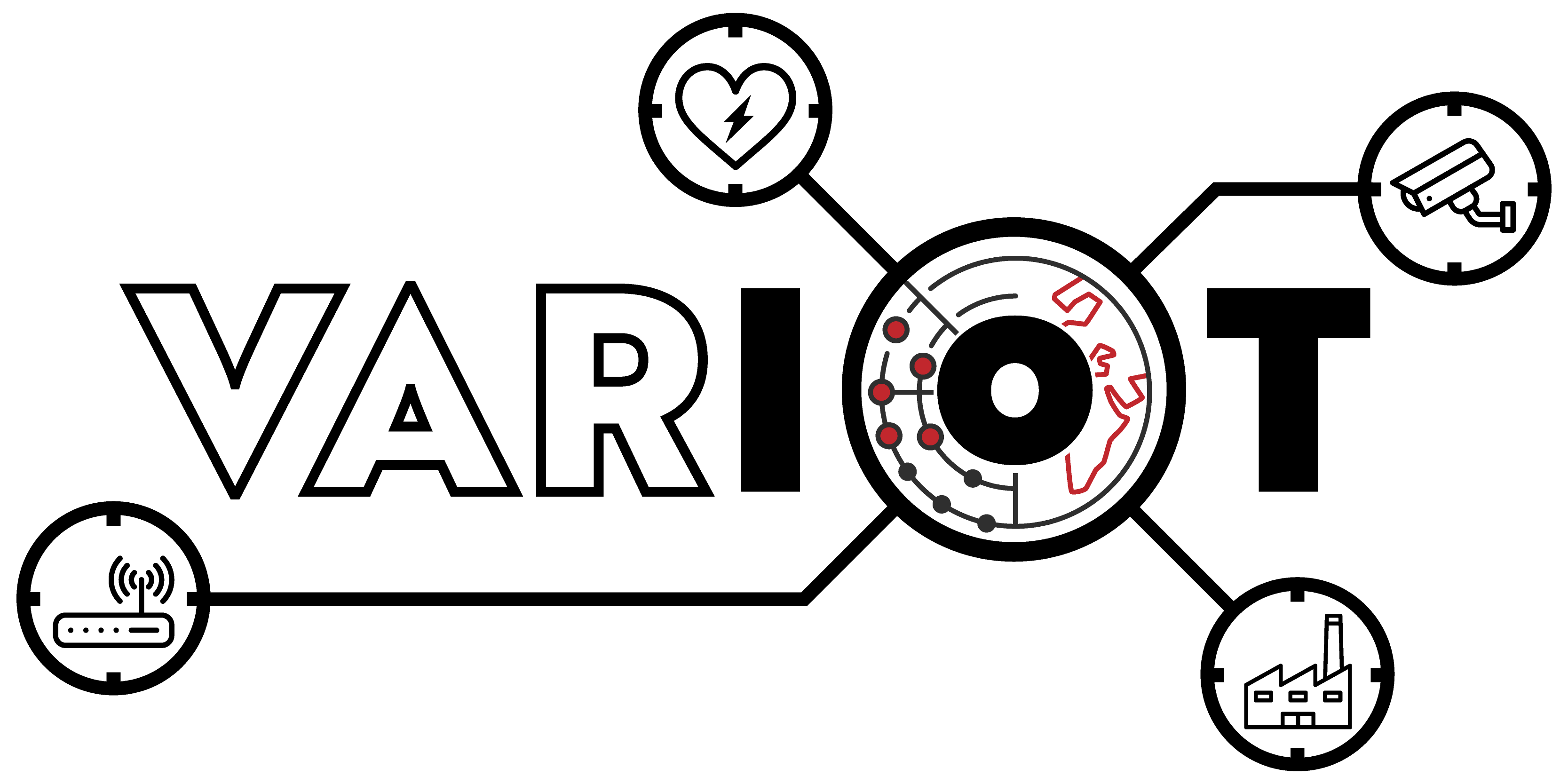IoT traffic datasets, of both legitimate and malicious natures, available at the European Data Portal
Mondragon Unibertsitatea, after analysing the behavior of different IoT devices under normal and malware infected conditions, made available multiple IoT traffic datasets at the European Data Portal.
Although we may not realize it, we are surrounded by what experts call the Internet of Things (IoT). Current televisions, plugs, watches, domestic robots, water sensors, thermostats or light bulbs, all of them smart or intelligent, all of them IoT. These elements, increasingly present in homes and companies, send to storage and processing cloud platforms personal data that can be captured by outsiders with unknown intentions. Needless to say these intentions will often be harmful to the owners of the data.
Protecting against these cyberattacks is now a priority for companies, governments and individuals, who are doing their best to create a protective barrier to prevent data leaks and misuse. However, it is not always possible to dodge an attack.
Precisely to increase IoT security, the European Commission (through its European Health and Digital Executive Agency – HaDEA) launched, two years ago, the VARIoT project. VARIoT develops tools to scan the entire Internet several times a day to publicly show the risks of having these devices exposed on the Internet.
It is also processing information related to the security of IoT through the analysis of different devices. The research team has already extracted the first data related to the behavior of different smart devices.
The data is already published in the European Data Portal and the Open Data Portal of the Spanish Government. It is data related to vulnerabilities, behaviours and discovery of traces of different smart devices. The network traffic and execution in these has been analyzed pre and post being injected malicious code (malware).
This data demonstrates the traffic of Internet-connected devices changes its ‘pattern’ after being attacked with malware. This is essential information for identifying information leak, analyzing and determining how to act in the event of a cyberattack or deciding what guidelines to adopt as security solutions.
The reality is that cyber-attacks are increasing every day and more and more public and private entities are having to deal with data theft and put out the resulting fires, which often cause great economic damage.
According to an annual cybersecurity report published by the IC3 (FBI’s Crime Complaint Center), economic losses worldwide due to cyberattacks in 2020 have exceeded $4 billion.
